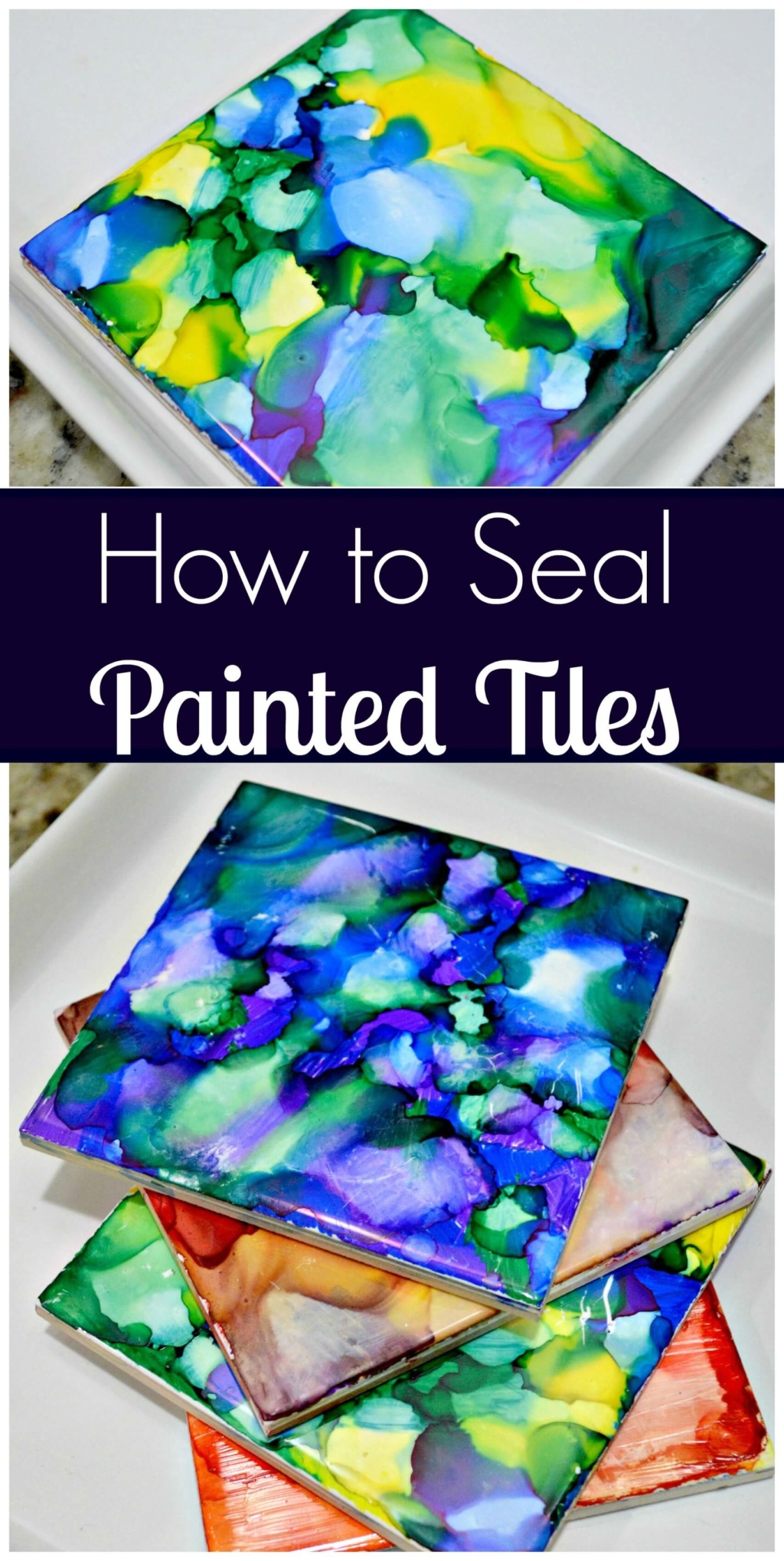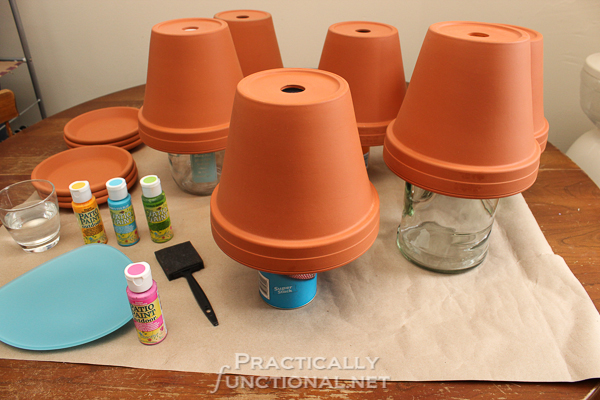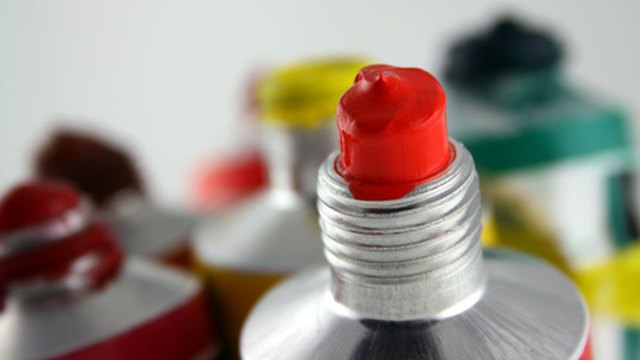Yes you would follow the same procedure – sealing twice with a sealer . I don't know what is available in Australia for sealers – but any gloss acrylic will work to seal the raw wood. Spray and paint options for varnishes are up to the user.
I spray when there is heavy relief texture and/or the piece is small. Both application processes require some practice. There is no easy application (!) Hope this helps. You can use Gesso for your white on the sides and front, where you will eventually adhere your cyanotype. You can also apply an acrylic color instead of the Gesso, or over the Gesso.
Gesso tends to be rather matte, so I usually paint over it with an acrylic paint. The paint's sheen is usually semi-gloss and easier to clean if needed. When you adhere paper to the panel you can use any acrylic gel. Gels are thicker, but you can apply them thinly and then they stay wet longer, reducing the risk of wrinkling the paper. If the ink is watersoluble you will need to spray a solvent-based varnish (like Golden's Archival Gloss Varnish Spray) over the print. If you plan to frame it behind glass when finished, then you do not have to varnish.
I like varnishing because the varnishes I use have a UV protection in them. You can use glass with UV protection but those are expensive, and it's fairly easy to varnish. When using a satin finish, you will need to use an isolation coat over the painted wood surface before you use the varnish. The isolation coat is transparent and forms a layer between the paint and varnish.
Sometimes a varnish can be diluted in a solvent, and the isolation layer prevents the solvent from damaging the paint. If you do not apply this coat, you can end up with a frosted look. Apply the acrylic polymer varnish over the dry acrylic paint. The wood surface must always be clean, with no dust or dirt. So, only apply the varnish about 48 to 72 hours after it has dried properly. You can apply the varnish with a brush, or you can spray it on.
Polyacrylic is another durable, water-based, and clear sealant for wood. Once applied, it does not leave any odor, dries fast, is easy to clean, and is affordable. You can get polyacrylic in a variety of finishes including satin as well as high gloss.
Polyacrylic will form a protective layer over your painted wood against changing temperatures, sunlight, and water. The product comes in two forms, you can either roll-on or spray-on. When applying polyacrylic, you have to start the same as with polyurethane. So, make sure the surface is smooth, clean, and dry. When sanding and smoothing the painted surface, use very fine-grit sandpaper.
Always read the instructions included with the product for the best results. Sealers are glossy and non-absorbent and keep one layer separate from the next. Primers are pigment loaded to create a coating that adds adhesion strength, meaning it allows one layer to seep into the previous one for extra sticking power. Basically, there is no such thing as a "clear gesso" even though there are products sold with this name.
If it is clear, then it is a medium, not a primer, and it will coat a surface – which makes it a selaer not a primer. I know I'm being a stickler with details here, but I feel it's helpful to know why you apply a certain product and what benefits it is meant to do. Your biggest tip is that pretty much anything glossy will seal, and anything matte or satin will absorb. A good rule of thumb even though there are exceptions.
GAC100 is glossy, it is a medium, so it will seal wood or layers of paint. It is not a primer and won't help adhesion if that's what you're looking for. Applying GAC100 on the front and/or back of linen canvas will seal the canvas.
It will allow your paint to sit on top of the surface instead of soaking in. Your paint will stay wet longer and your canvas will be protected from moisture entering from the back – so good thing to do. If you apply it with a smooth brush, using several coats, it is a thin enough product that you probably won't need to sand it to remove brushstrokes.
Again, you can very well seal your canvas and SKIP priming altogether if you don't want to cover the canvas with white. Using a "clear gesso" is a way, in my opinion, to get people to buy a product that is not needed. Leave to dry thoroughly, this can take as long as several hours. You can then gently sand the surface again and clean it before you paint.
You can now use your acrylic paints to paint on the wood surface. Once done, you can finally use your acrylic paint sealer. Sealants can be wiped on, brushed on, you can use a sponge, or you can spray the sealant on. If you are simply using furniture wax, a cloth should be sufficient. Sealants are best applied in thin coats, which should be left to dry.
You can then apply a second coat and depending on how durable you want the wood item to be, several layers can be added. Let the sealant dry thoroughly for at least two to three weeks. The time it takes to fully cure will also depend on your local weather conditions.
Maybe you have painted onto a wooden panel and now wish to seal and preserve your art piece? Epoxy resin can provide a beautiful gloss finish that makes all your colors stand out. There is a variety of products available, but many of the craft epoxy options are applied as follows.
You will need your acrylic painted wooden panel art piece. Your chosen epoxy resin product, some gloves, stick to stir with and a spatula to level the epoxy. Two or more measuring cups, another mixing cup, a heat gun or torch, toothpicks, and something to cover and protect your finished work while it is drying. Some sheeting or plastic covering to cover the floor or area where you are working. Preparation is always important when it comes to painting and sealing the wood. Only start applying your epoxy resin once the paint has completely dried.
Not all wood surfaces need a topcoat sealer, but it is recommended, especially if the wooden item is outside and exposed to the elements. Wooden items that are handled and moved around a lot would also benefit from a sealant. If you do not seal acrylic paint on your wooden items, the paint may eventually crack and then peel off. By following the entire process of painting a wooden surface, it helps to protect and make sure the wooden item keeps looking great for a long time. In most cases, sealing wood before painting is recommended for the unfinished wood.
How do you seal acrylic paint In other cases, a wood surface might already have wax, varnish, or lacquer sealant, so no additional layers are needed, these are already finished wood surfaces. These wooden surfaces only need to be sanded, wiped clean, primed, and then painted. You can definitely seal the back and sides of your wood panel if they are still raw. Your acrylic painting on the face will act as a seal and will keep moisture from getting to the wood from the front. The sealing coat between the wood face and your first layer of paint will help to keep any staining.
But this happens right away, within minutes, so if your painting is finished and you don't see any yellowing then all is fine. The yellowing only happens while applying the wet layers. By the way, I am assuming when you write "wood canvas" you are referring to a wood panel – an all wood painting surface? You also asked about your newly started panels that only have one base layer of acrylic. The staining only happens when you apply thick layers of acrylic, or many layers of thin acrylic. The stain is only visible when you have areas of white or light colors.
If you will not be using acrylic thickly, or will not have any light areas then you don't need the stain sealer coat. If you want to play it safe, you can easily apply a coat of gloss acrylic over your base layer. Then this will keep any staining from moving into subsequent layers. For use on stairs I suggest using commercial products that are made for high traffic and frequent use, instead of any fine art products. For step 2 instead of GAC 100 use commercial sealers like Kilz.
Again, the can label should tell you if you still need to prime over it. If you do use a commercial primer, not fine art products. Black or white priming doesn't matter – it's up to you as a preference for how you want your colors to show up – bright or darkened. Your paints will last according to the quality of paints you select. Cheap student grade will probably peal off, flake off or fade. They will do this with artworks on the wall and especially under foot on a stairs.
Here I would use a good quality acrylic paint like Golden. Golden is the best in my opinion because they are committed to only use high quality ingredients in all their products. Final seal should be something that is meant to use for wooden stairs. You do not want anything that would be slippery.
Go to a high quality furniture or wood working site or store and ask for the best sealer for wood stairs. You would follow directions on that product's container. My only concern is the danger of causing someone to slip. Also can anyone really see your painting as they are using the stairs? Would it be a good alternative for you to do an painting on panel, then frame it and hang it on the wall opposite the top stair? By the way, there are oil cloths you can paint that create floor mats or floor rugs.
These are meant to not slip and are also created for high traffic. I suggest looking up painted oil cloths for floor mats. This isn't my forte but I'm sure you will find some good information online from those that work this way. Good luck and feel free to post again if you find any good information out to share. Varnish is something most of us recognize as it has been the most popular form of sealant for many years.
Varnish can be seen as a general term for a top coat as there are so many varieties. The two main types of varnishes in this category include your acrylic resin and your acrylic polymer varnish. Acrylic resin varnish is glossier and more durable than acrylic polymer varnish. However, these tend to be more toxic, and you must work in a well-ventilated space and use protective gear. Acrylic varnishes are safer to work with as they are non-toxic.
These can come in various finishes including a gloss, matte, and satin finish. A glossy finish enhances the paint colors, while a matte or satin finish provides a less shiny appearance. To protect acrylic paint on wood, you'll need to apply a clear sealant. Choose a wax-based sealant for a flat finish or a polycrylic sealant for a glossier finish.
Once the paint has dried on your wood surface, apply a thin layer of your sealant with a dampened sponge, cloth, or paintbrush. When it's dried to the touch, apply a second coat of sealant to improve its protection. Although the sealant might dry within hours, you'll need to wait 2-3 weeks before it's fully cured. Avoid putting anything on the surface during this time, since it can cause damage or imperfections.
This is another popular clear, waterproof acrylic sealer for crafts. Mod podge is easy to use, dries fast and offers good protection, and comes in either a gloss or matte finish. Mod podge is also water-resistant and will not yellow over time. As with any sealant application, the wood surface must be smooth and clean. Simply brush on a thin coat and let this dry, before applying another coat. Leave for at least 20 minutes, then you can apply another layer, or until the coat becomes clear.
This usually works as an acrylic paint sealer spray that is easy to apply. It offers good indoor as well as outdoor protection and dries quickly to a clear gloss finish. Protect furniture and other wood items from scratches and moisture. Since you are spraying, it is preferably done outside, using protective gear. Again, read and follow the instruction on the label.
Hold the spray at least a foot or 30 centimeters away from the surface, then spray evenly. Two to several thin layers might be okay, however, for a super glossy finish, you can apply more coats. Opt to prime all surfaces, including the back and sides, for a clean white professional look. However, all you really need to do is prime the panel face that will be painted. To summarize you want to seal all exposed areas of wood, but priming can be just applied to the front face.

























No comments:
Post a Comment
Note: Only a member of this blog may post a comment.